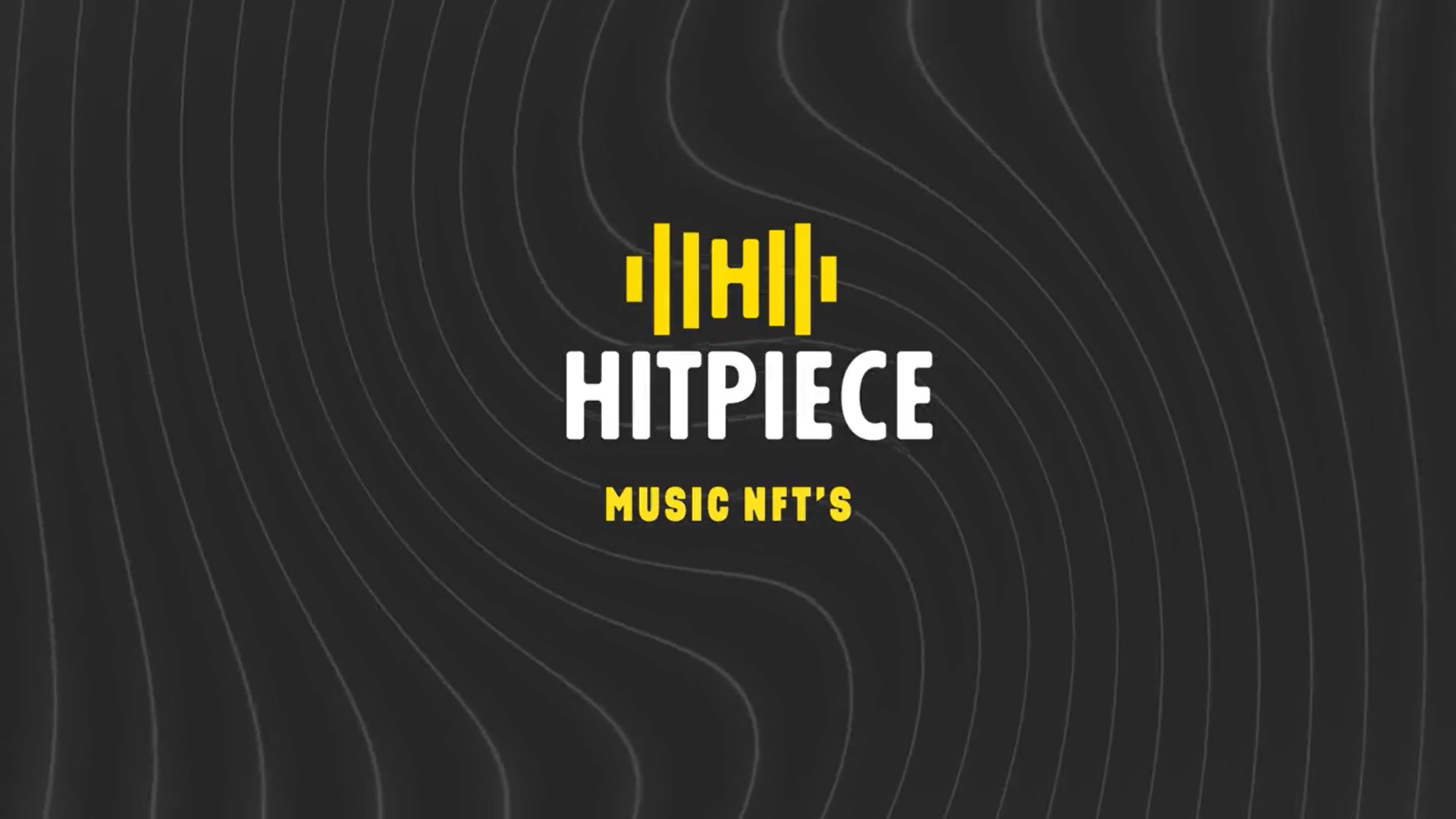A new music NFT marketplace called HitPiece went live yesterday, quickly igniting a social media firestorm. The platform, created by music industry veteran Rory Felton, was almost immediately flagged by numerous online communities for listing music NFTs without receiving any permission from artists or labels.
Musicians around the world took to Twitter on Tuesday to voice their frustration surrounding HitPiece’s “unethical practices,” which many believed to be a large-scale scam. Although HitPiece started out by defending their platform and requesting that artists simply send them a DM to clear up the details, as of Feb. 2 the website has been stripped of all navigation capabilities and now displays a single message that reads, “We Started The Conversation And We’re Listening.”
According to HitPiece’s socials, the marketplace originally aimed to “[let] fans collect NFTs of their favorite songs” and receive “real-life value, such as access and experiences with artists.” Yet some sources have suggested that Felton may have used his relationship with Spotify to automatically generate NFTs from the streaming service’s API, making it unclear whether or not HitPiece actually acquired the rights to any of its listed songs in the first place.
Of course, digital art theft is nothing new. Since virtually the moment the internet came into being, bad actors have succeeded in profiting off of artists’ images, music, and narratives.
Thieves post content they don’t actually own on their websites in an attempt to attract viewers and obtain ad revenue. They sell work they don’t own on sites like eBay and Etsy. They even upload stolen content in bulk to their social channels in an attempt to grow their personal following and brand.
While it is a problem as old as the internet — one that, sadly, has no truly effective solution — artists do have a few options when something like HitPiece happens.
Artists’ content is protected by international copyright laws, meaning that they have legal recourse when their work is posted by people who don’t have rights to it. Most notably, the Digital Millennium Copyright Act (DMCA) was passed in 1998 to protect digital content.
By filing takedown requests, artists can get their works removed from a website, social channel, or app. The problem is that filing the takedown notice to the right party is critical, and it’s not always clear what person — or organization — owns a particular site or channel. File with the wrong person or place, and the content will stay up. Another issue is, put simply, time. Artists need to file individual takedown notices each and every place their work is posted. This can be a monumental task for artists whose content has proliferated across the internet.
As noted, it’s not a perfect system, but it offers artists some options and is especially helpful when it comes to the most egregious forms of theft.
Hopefully, in the future, new tools and methods will be developed that are able to more effectively protect artists. In the meantime, we all need to step up and help protect artists by raising a flag and letting creator communities know when things like HitPiece happen.
Related Content:
Credit: Source link









